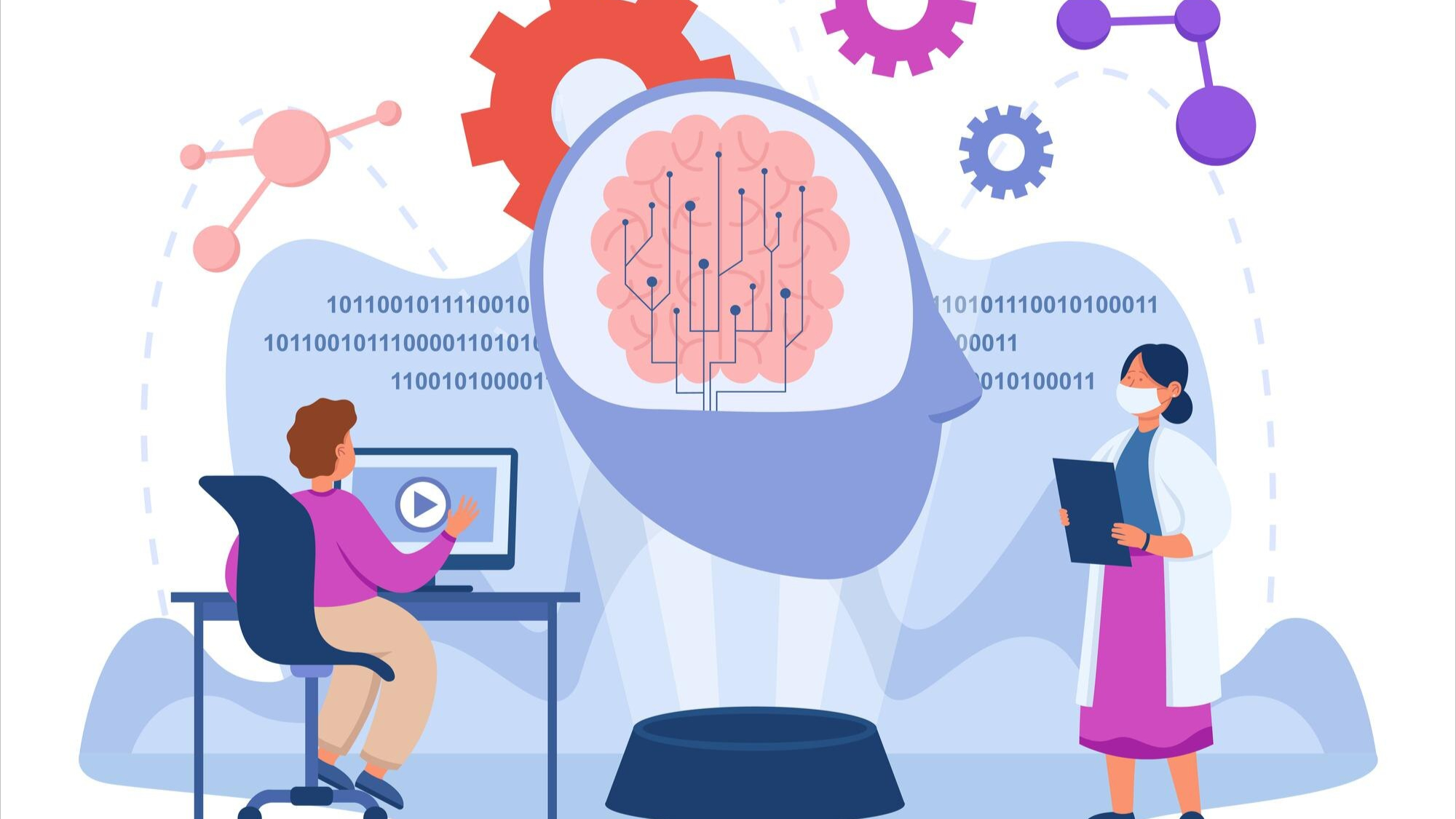LLMs Reasoning Techniques: How AI Thinks

Abstract: This article explores reasoning techniques in large language models, revealing how these AI systems have evolved from simple text prediction to complex logical thinking abilities, including chain-of-thought, self-verification, and other key methods, as well as current challenges.
Definition
Reasoning techniques in Large Language Models (LLMs) refer to methods and mechanisms that enable models to perform human-like logical thinking.
This encompasses not only the ability to draw reasonable conclusions based on known information but also to analyze complex problems, infer implicit information, evaluate the truthfulness of hypotheses, and make judgments.
Reasoning capabilities allow LLMs to transcend simple text prediction, enabling them to handle tasks requiring multi-step thinking and logical analysis.
Detailed Description
Reasoning techniques in large language models typically fall into several different types, with the most important including:
Chain-of-Thought reasoning
Chain-of-Thought allows models to break down complex problems into sequential reasoning steps, each building upon the previous one, similar to how humans think through mathematical problems.
Self-verification
Self-verification enables models to check their own reasoning processes and conclusions, evaluate their correctness, and make corrections when necessary.
Tool-augmented reasoning
Tool-augmented reasoning integrates external resources such as calculators or search engines to compensate for LLMs' limitations in precise computation or accessing up-to-date information, thereby enhancing overall reasoning capabilities.
These techniques have greatly improved large language models' ability to handle logical problems.
Concept Examples
Imagine asking a large language model to solve a complex scheduling problem: "If I have 3 hours of meetings on Monday afternoon, 2 hours of training on Tuesday morning, and I need to spend at least 4 hours each day on a project that requires 10 hours in total, when can I complete the project?"
A model without reasoning capabilities might give confusing or inaccurate answers. However, an LLM equipped with reasoning techniques would think like a human: first calculating available time on Monday and Tuesday, then inferring when the project could be completed. It might even ask itself, "Wait, is my calculation correct? Let me check again..." - demonstrating self-verification.
This capability makes AI assistants more practical and reliable for everyday planning and problem-solving.
Technical Challenges
Reliability and Consistency
Despite significant progress, reasoning techniques in large language models still face several key challenges. First is the reliability and consistency of the reasoning process—models sometimes make logical errors or reach inconsistent conclusions.
Generalizability of reasoning abilities
Second is the generalizability of reasoning abilities—performance often drops significantly in domains not well-covered by training data.
Transparency and explainability
The third challenge is transparency and explainability of the reasoning process—understanding how models arrive at specific conclusions remains difficult.
Future research directions include developing more robust self-correction mechanisms, integrating symbolic reasoning systems, and exploring hybrid reasoning architectures capable of handling more complex problem domains.

Comments